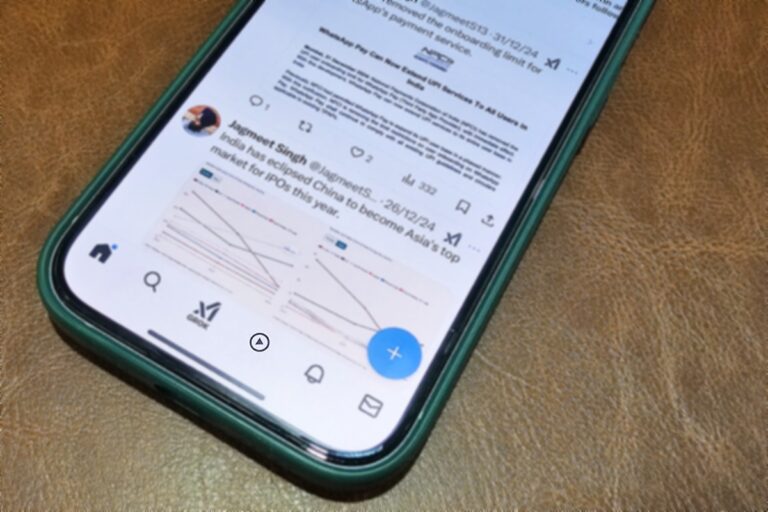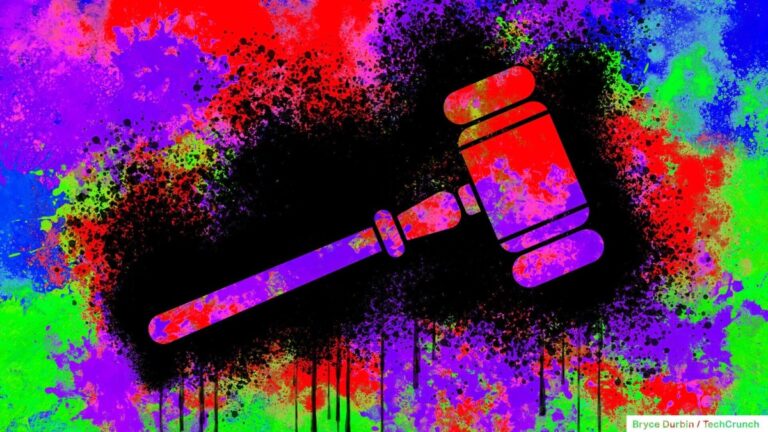US Safety Regulators Launch Expanded Investigation into Ford’s Hands-Free Driving Technology
In a significant move for vehicle safety, the U.S. federal safety regulator has enhanced its investigation into Ford’s innovative hands-free advanced driver assistance system, BlueCruise. This upgrade is a crucial step toward determining whether a recall will be necessary for the affected vehicles.
Overview of the Investigation into Ford BlueCruise
The National Highway Traffic Safety Administration (NHTSA) initiated a probe into Ford’s BlueCruise system in April 2022, following two tragic accidents involving Ford Mustang Mach-E vehicles. In both incidents, these vehicles collided with stationary objects, raising concerns about the system’s functionality.
NHTSA’s Findings and Engineering Analysis
This week, NHTSA announced that it has escalated its investigation to an engineering analysis. This deeper examination will include:
- Comprehensive vehicle evaluations
- Reviewing additional technical documentation
- Analyzing crash reports and non-crash incidents
Approximately 129,222 Ford Mustang Mach-E vehicles are equipped with the BlueCruise system. A representative from Ford stated that the company is collaborating with NHTSA to facilitate the ongoing investigation.
Limitations of the BlueCruise System
According to NHTSA’s initial findings, the BlueCruise system exhibits limitations in its ability to detect stationary vehicles under certain conditions. Key issues identified include:
- False detection of stationary objects at long distances when traveling at speeds above 62 miles per hour.
- Compromised performance in low visibility due to inadequate lighting.
History and Functionality of BlueCruise
Ford launched the BlueCruise feature in 2021, initially available on the 2021 F-150 pickup and select models of the Mustang Mach-E. This advanced hands-free driving technology integrates:
- Cameras
- Radar sensors
- Advanced software
BlueCruise combines adaptive cruise control, lane centering, and speed-sign recognition. Unlike Tesla’s Autopilot, which still requires drivers to keep their hands on the wheel, BlueCruise operates exclusively on certain pre-mapped highways.
Comparative Analysis with Other Systems
BlueCruise is often compared to GM’s Super Cruise, both of which feature in-cabin monitoring to ensure driver engagement. In contrast, Tesla’s systems, including Autopilot and the updated Full Self-Driving software, are regarded as less restricted than BlueCruise.
Ongoing Investigations into Autonomous Driving Features
In a related context, NHTSA also began investigating Tesla’s “Full Self-Driving (Supervised)” software last October after four accidents occurred in low-visibility conditions, including a fatal incident involving a pedestrian. This investigation remains active.
For further updates on vehicle safety and technology, you can visit NHTSA’s official website or check out our related articles on vehicle safety innovations.






